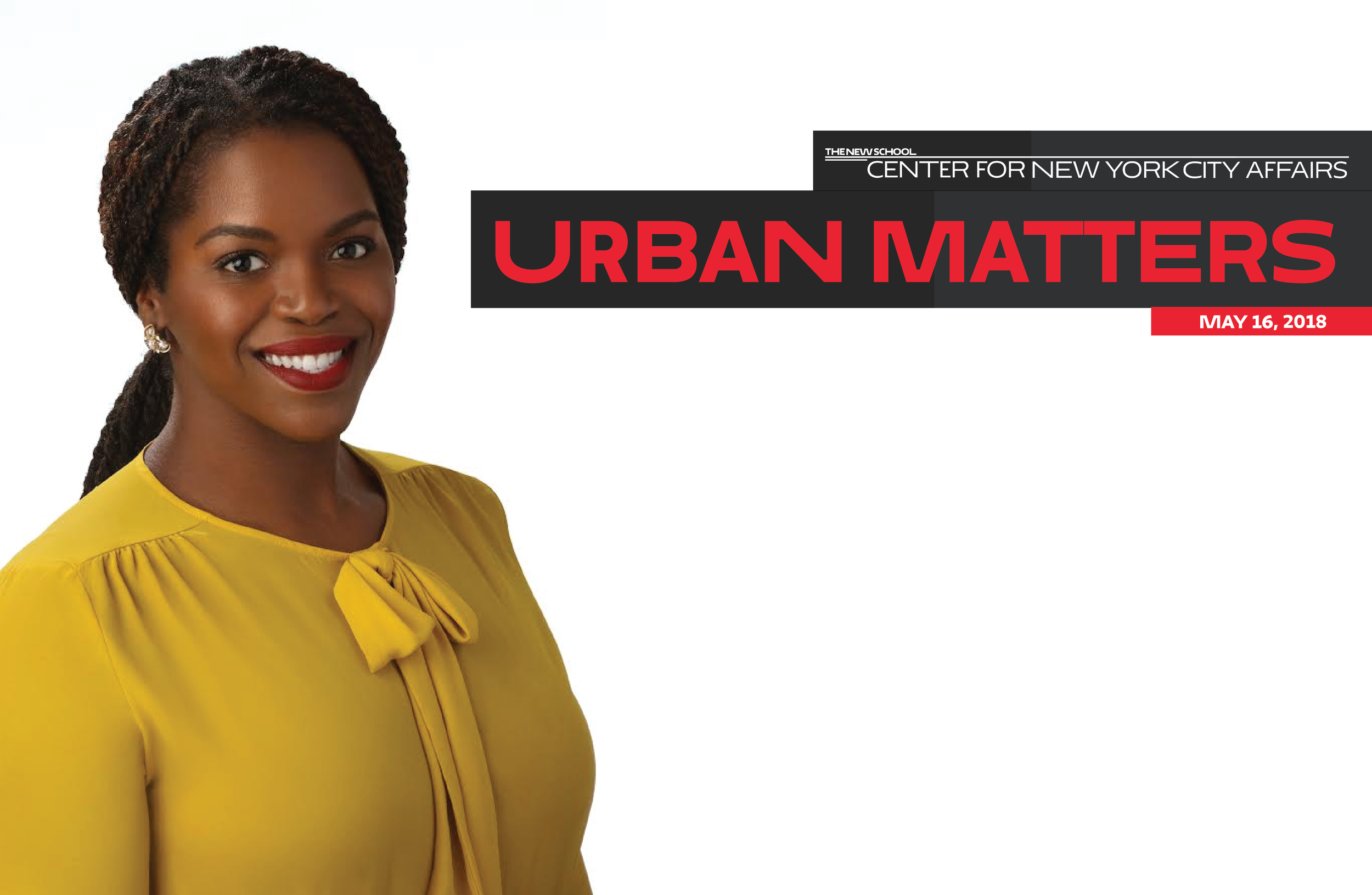May 16, 2018
Child Welfare and the Intended Consequences of the War on Drugs
By Aarin Michele Williams
In order to properly understand the child welfare system we must grasp its connections to race, class, drugs, and reproduction. Many recognize that our nation’s shameful mass incarceration rates are fueled by our long carceral history and the infamous “war on drugs” with its intentional targeting of Black and Brown communities and impoverished people. We know the statistics, read the books, watch the documentaries. However, we think less about the ways this “war” pollutes the systems -- medical, educational, social, and child welfare -- we have been convinced to believe exist for our, or others,’ protection.
For some reason we have difficulty accepting drug policy as race and class policy, and the connections between these nefarious policies and the resulting attacks on the gains of Black resistance movements. These policies implicate individuals and criminalize entire communities instead of repairing the underlying harms done to those communities.
The connections between drugs, reproduction, child welfare, poverty, and race are complicated but omnipresent. One example: in New York City it is common practice in public hospitals to drug-test pregnant mothers without their knowledge or consent, which can result in child welfare proceedings. My organization, National Advocates for Pregnant Women, represents women who are arrested, detained, prosecuted, and shamed in relation to their pregnancy outcomes, circumstances which mostly affect low-income women and women of color.
These realities cannot be discussed in silos; they are part of a deliberately crafted tangle that cannot be undone if even one is ignored. These issues come together within the child welfare system, which is often used to institutionalize, separate, and harm families as the face of poverty, crime, and drug use is painted darker and darker.
According to New York City data from the Administration for Children’s Services, at the end of October 2017 8,845 New York City children were living in foster care, separated from their caregivers, and 23,805 additional children were receiving “child welfare preventive services” while remaining in their homes. The vast majority are children of color, disproportionately Black. The intersection of poverty and institutional racism has a particularly devastating effect upon the rights of caregivers of color: in 2013, Black children made up only 13.9 percent of the overall population of children in the United States but were nearly double that percentage in foster care.
Families living in poverty in the United States are disproportionately the subject of child welfare investigations, and poverty itself continues to be improperly treated as a form of child neglect in resulting civil proceedings. Impoverished families are more likely to reside in subsidized housing and receive state-funded assistance, making them more likely to be surveilled, criminalized, and investigated by government agencies.
Child welfare workers and judges are legislatively armed with wide discretion in determining what is abuse or neglect, although many have minimal, if any, understanding of the dynamics of the families whose lives they impact so severely. In New York an allegation of drug use -- not abuse -- alone is sufficient to subject families to the arduous cycle of the child welfare system. These policies, procedures, and beliefs are connected to misguided generalizations about drug use and grounded in classist and racist stereotypes.
Consider the racial and economic makeup of the people who are permitted “free-range parenting,” which may include a parent’s drug use, as opposed to the communities where caregivers who use drugs are routinely criminally or civilly charged with child neglect or abuse for comparable use.
If concern for the child is the issue, why is there a disparate impact? No scientific, evidence-based research supports that children exposed to drugs have unique or permanent effects when compared to children from similar economic backgrounds; but such research supports that social determinants (i.e.: income, stress, housing, food insecurity, etc.) affect at least 50 percent of health outcomes. Despite the science, medical professionals are more likely to report Black caregivers for abuse or neglect than White caregivers – citing a variety of factors, including non-criminal behavior, such as consuming alcohol, for example, or corporal punishment. Subsequently, Black caregivers are more likely to have their parental rights terminated, although studies show that Black caregivers are not more likely to neglect or maltreat their children than white ones.
As our jails/prisons/courtrooms are filled with Black and Brown adults, so are child welfare systems filled with Black and Brown children – children who are more likely to be diagnosed with learning disabilities and mental health disorders; more likely to be involved in the criminal legal system; more likely to be poor. Foster care creates a pipeline to prison for children and their caregivers. Courts across this country determine who is fit to be a parent (as early as pregnancy) based on drug tests, parenting classes, arbitrary social service recommendations, and stereotypes.
The child welfare system is designed, in the words of law professor, author, and advocate Dorothy Roberts, to police families in order to “monitor, regulate, and punish poor families of color” instead of assisting families in actual need. There is a clear connection between child welfare systems and drug policy that is devastating our communities. In an age of resistance, we must remember to educate ourselves on all issues while never losing sight of the connections among various movements and work towards a shared vision of transformative reform.


